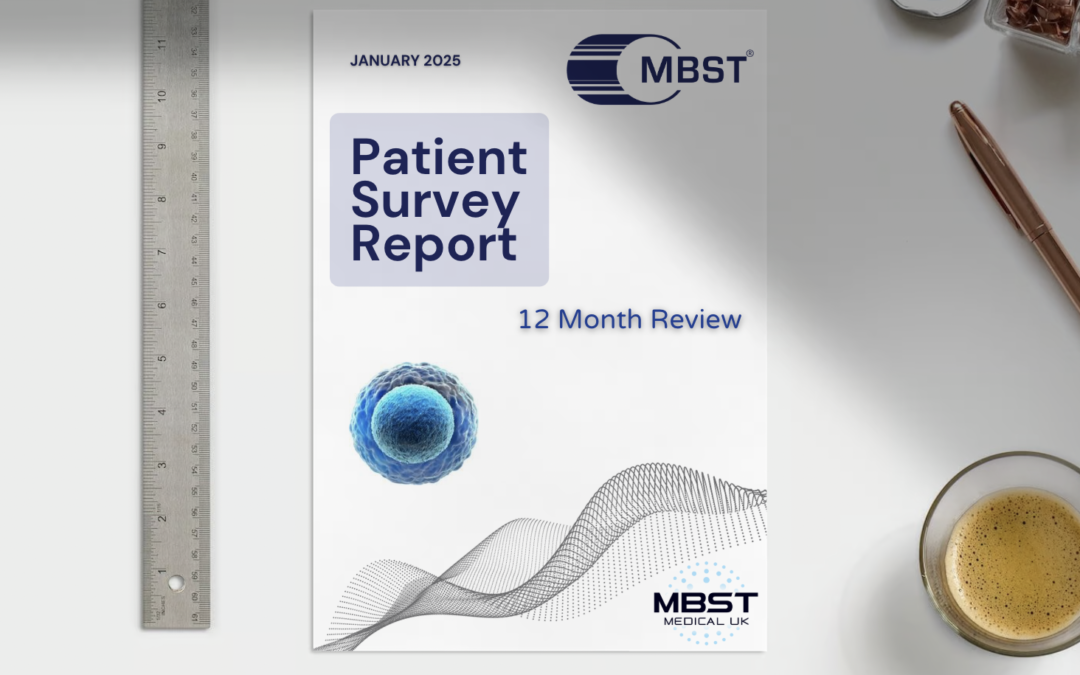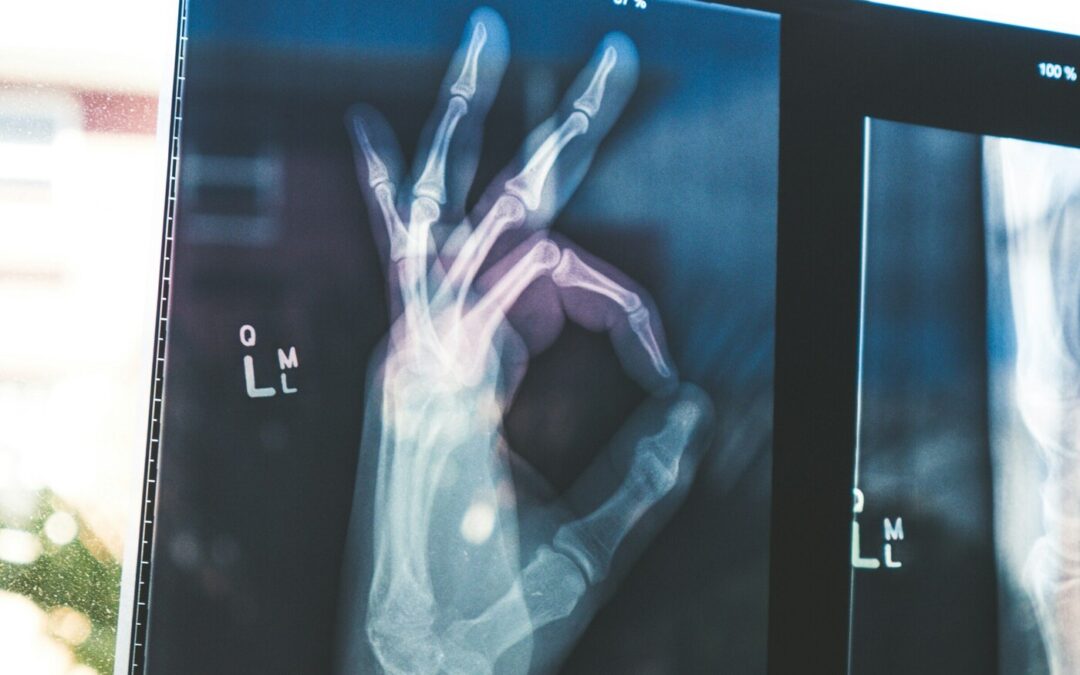
Arthritis is a common condition that affects millions of people worldwide. However, there are several different types of arthritis that are often confused with each other – Osteoarthritis and Rheumatoid Arthritis being two of the most common forms. While they may sound similar, it’s very important to distinguish between them in order to determine the proper treatment.
While exploring the key differences between these two types of arthritis in this blog post, we’ll delve into their respective causes and symptoms, how they’re diagnosed, and what treatment options are available for each type. Additionally, we will provide practical tips and advice for managing the pain associated with arthritis and differentiating it from other types of pain. Keep reading to learn more about Osteoarthritis vs. Rheumatoid Arthritis and how to manage them effectively.
Here are 8 key takeaways differentiating osteoarthritis (OA) and rheumatoid arthritis (RA):
- Osteoarthritis involves cartilage breakdown primarily affecting joints like knees and hips due to wear and tear.
- Rheumatoid arthritis stems from the immune system attacking joint tissue, often in smaller joints of hands/feet, leading to inflammation.
- OA symptoms including joint pain and stiffness typically worsen with activity while RA has more persistent joint pain and morning stiffness.
- OA diagnosis relies on symptoms and imaging while RA diagnosis involves blood tests checking for specific antibodies.
- OA treatment focuses on pain relief and function improvement while RA treatment aims to reduce inflammation and prevent joint damage using DMARDs.
- Lifestyle changes like weight management, diet, exercise and stress relief assist in managing discomfort from both OA and RA.
- Differentiating the localised, activity-related pain of OA versus the symmetrical joint pain at rest with RA helps guide diagnosis and treatment.
- Accurate, early diagnosis of either form of arthritis is essential to slow progression and personalise management approach.

Understanding Osteoarthritis: Causes, Symptoms, and Diagnosis
Osteoarthritis (or OA) is a degenerative joint disease caused by cartilage breakdown, It is common in older adults and is generally associated with joint wear and tear. Joint pain, stiffness, and limited mobility are common symptoms. Once the cartilage lining starts to roughen and thin out, the tendons and ligaments have to work harder, exacerbating the pain and stiffness.
Getting diagnosed with osteoarthritis isn’t as simple as a physical exam or X-ray. Your doctor needs to rule out an autoimmune cause, like rheumatoid arthritis, which involves the body’s defences attacking healthy tissue.
Carefully distinguishing osteoarthritis from other conditions gives you the power to make informed choices about managing your symptoms. An accurate diagnosis paves the way for the right treatments to relieve joint pain and retain flexibility.
Working closely with your doctor and learning all you can sets you on the path to taking charge of osteoarthritis.
Key Differences in Symptoms Between Osteoarthritis and Rheumatoid Arthritis
When it comes to the symptoms of osteoarthritis and rheumatoid arthritis (or RA), there are some key differences to note. OA primarily affects weight-bearing joints like knees and hips, while rheumatoid arthritis commonly affects smaller joints in the hands and feet, such as the small joints of the hands.
Additionally, symptoms of OA tend to worsen with activity, whereas symptoms of rheumatoid arthritis are often worse in the morning. Inflammation is also more prominent when compared to osteoarthritis, and it may also present with systemic symptoms like fatigue and fever.

Delving into Rheumatoid Arthritis: Causes, Symptoms, and Diagnosis
Rheumatoid arthritis (RA) is an autoimmune disease where the immune system malfunctions and mistakenly attacks the joints. While the exact cause is unknown, genetic and environmental factors are believed to play a role in its onset. RA is characterised by symmetrical joint pain, swelling, and morning stiffness. Diagnosing RA involves blood tests and imaging to assess joint inflammation. Early diagnosis and treatment are crucial to prevent joint damage and promote remission.
Role of Immune System in Rheumatoid Arthritis
The immune system plays a crucial role in RA. It malfunctions and attacks the synovium, resulting in chronic inflammation that leads to joint damage and deformity. RA can affect multiple joints throughout the body. Elevated inflammatory markers like C-reactive protein and erythrocyte sedimentation rate are common. Treatment involves suppressing the immune system to reduce inflammation.
How Are Osteoarthritis and Rheumatoid Arthritis Diagnosed?
Diagnosing osteoarthritis relies on symptoms and imaging findings, while RA involves blood tests for specific antibodies. X-rays, MRIs, and joint fluid analysis aid in diagnosing both conditions. Consulting a rheumatologist is essential for accurate diagnosis.
Importance of Early Diagnosis
Early diagnosis is crucial for improved outcomes. It allows for timely intervention, which can help prevent irreversible joint damage. By identifying the type early, personalised treatment plans can be developed, leading to effective symptom management and slowing disease progression. Regular monitoring and follow-up are essential in ensuring that treatment remains optimised. Remember, early diagnosis is key to managing the condition effectively.

Treatment Options
When it comes to the treatment options for OA and RA, there are a few key differences. OA treatment focuses on pain management and improving joint function, while RA treatment aims to reduce inflammation and prevent joint damage. Medications like NSAIDs and DMARDs are commonly used for both conditions, and physical therapy and lifestyle modifications play a crucial role in managing symptoms.
In severe cases, surgical interventions like joint replacement may be necessary. Both conditions can benefit from symptom relief, using painkillers and anti-inflammatories and non-medicinal relief, such as hot or cold packs applied to painful joints. MBST therapy is also effective in the case of Osteoarthritis.
Can Lifestyle Modifications Help Manage Symptoms?
Lifestyle modifications play a crucial role in managing symptoms. Maintaining a healthy weight, engaging in regular exercise, following a balanced diet rich in anti-inflammatory foods, using assistive devices, and practising stress management techniques can all help alleviate discomfort and improve quality of life.

Living with Arthritis: Practical Tips and Advice
Finding a balance between rest and physical activity is crucial for managing symptoms, including weight loss. It’s important to seek support from friends, family, and support groups for emotional and practical assistance. Using adaptive tools and gadgets can make daily tasks easier. Prioritising self-care and activities that promote overall well-being, such as weight loss, is essential. Regular communication with healthcare professionals ensures optimal management.
How to Differentiate Between Osteoarthritis and Rheumatoid Arthritis Pain?
Differentiating between OA and RA pain can be challenging. Osteoarthritis pain is localised to the affected joint and worsens with activity. On the other hand, RA pain often affects multiple joints symmetrically, accompanied by swelling and morning stiffness, and can persist even at rest. In some cases, joint pain isn’t the first sign of rheumatoid arthritis. It may also begin with “flu-like” symptoms, such as fatigue, fever, weakness, and minor joint aches. Consulting a healthcare professional is crucial for an accurate diagnosis.
Osteoarthritis and rheumatoid arthritis are very different. One is caused by joint wear and tear, while the other is an autoimmune disease. The former mainly affects the cartilage, whereas the latter impacts the synovium. Treatment approaches for both conditions typically involve lifestyle adjustments and medications. It is crucial to consult a healthcare professional for accurate diagnosis and appropriate management.
https://www.arthritis.org/diseases/rheumatoid-arthritis
https://www.cdc.gov/arthritis/basics/rheumatoid-arthritis.html



